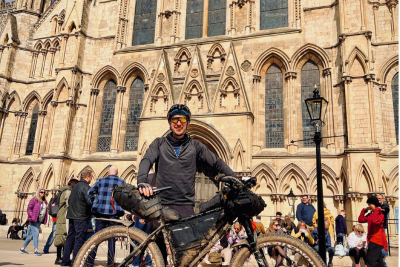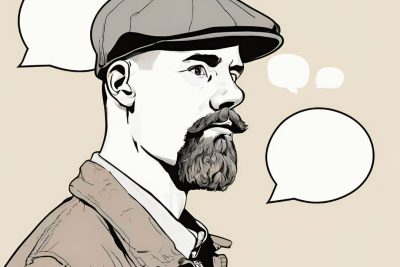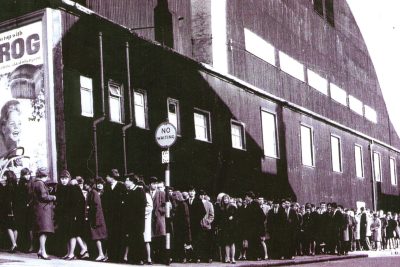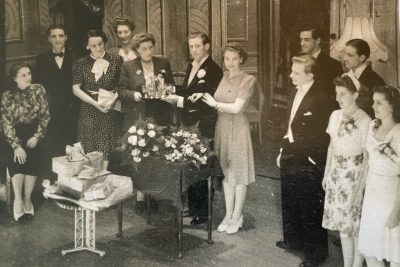
From Yorkshire to Scotland: Shipley Local’s Clues to the Loch Ness Monster
by Northern Life
Do you believe in the Loch Ness monster? Shipley local Gordon Holmes embarks on a captivating quest to solve Scotland's enigmatic riddle - the Loch Ness Monster. Could the answer lie intriguingly close to home on the shores of Whitby?
Earlier this year, Northern Life delved into the folklore of the Yorkshire Nessie, as local historian Paul Weatherhead recounted tales of a legendary monster said to have haunted the northeastern coastline during the 1930s.
Witness accounts from the past spoke of a colossal creature adorned with humps, affectionately dubbed “Slippery Sam,” while local fishermen shared tales of a sea creature with the head of a horse. Many sceptics dismissed these narratives as mere myths and legends.
“…local fishermen shared tales of a sea creature with the head of a horse.”
However, Shipley’s own Gordon Holmes claims to possess evidence suggesting the creature may have existed, if only in the distant past. During a leisurely day trip to the Whitby seaside in 2003, he stumbled upon a truly extraordinary find.

Shipley local, Gordon Holmes
The object of his fascination appears to be a skull belonging to some ancient sea-dwelling creature. The retired design and development engineer and amateur scientist explains that the skull measures nearly six inches in length and width, strikingly resembling a streamlined eel or lizard. Fascinatingly, he speculates that the fossil might be an imprint left by the original creature, implying that its true shape could mirror the fossilised remains.
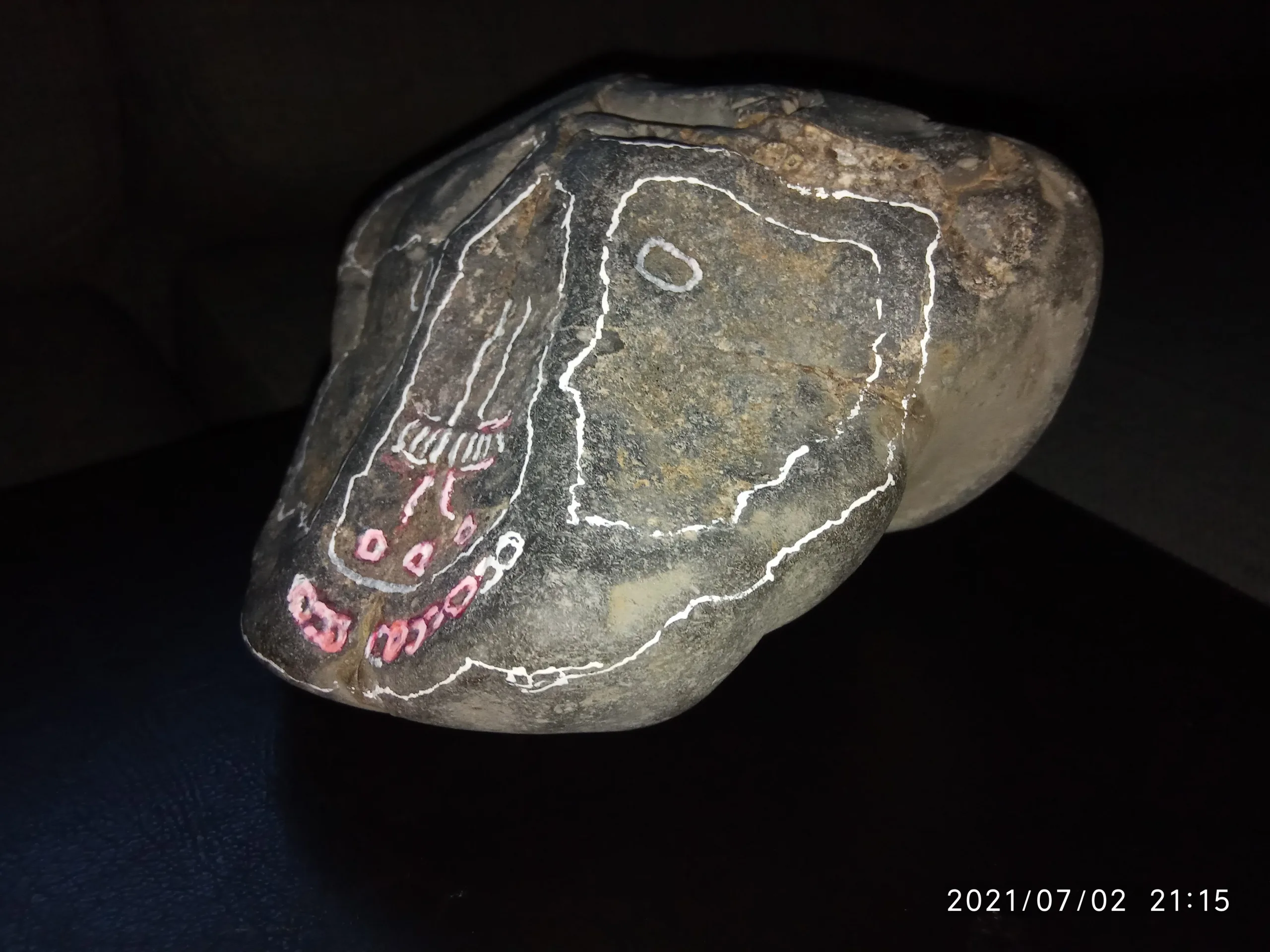
Nessie’s Skull
Gordon dates this peculiar discovery back to the early Jurassic period, when the supercontinent Pangea began to undergo its dramatic split, giving rise to two distinct landmasses. Whitby, situated in the northern region of Laurasia, enjoyed a warmer climate and served as the habitat for larger and grander creatures that roamed the land.
The early Jurassic seas were a bustling hub of life, and evidence of this vibrant past is now found in the fossils that grace our beaches.
Intriguingly, he draws a connection between his finding and the legendary Loch Ness Monster, proposing that the discovered fossil could be an ancestor to the elusive Nessie, captivating enthusiasts and sceptics.
“To the more sceptical reader, Gordon’s belief may seem improbable, but he has always maintained an open mind”
Gordon elaborates on the groundbreaking 2019 Loch Ness (eDNA) Research conducted by Prof. Neil Gemmell and his team from the University of Otago, New Zealand. According to their findings, it is now plausible that the infamous ‘Loch Ness Monster’ could be an exceptionally large eel or a group of eels. The research revealed significant amounts of eel eDNA at numerous sampling sites within Loch Ness.
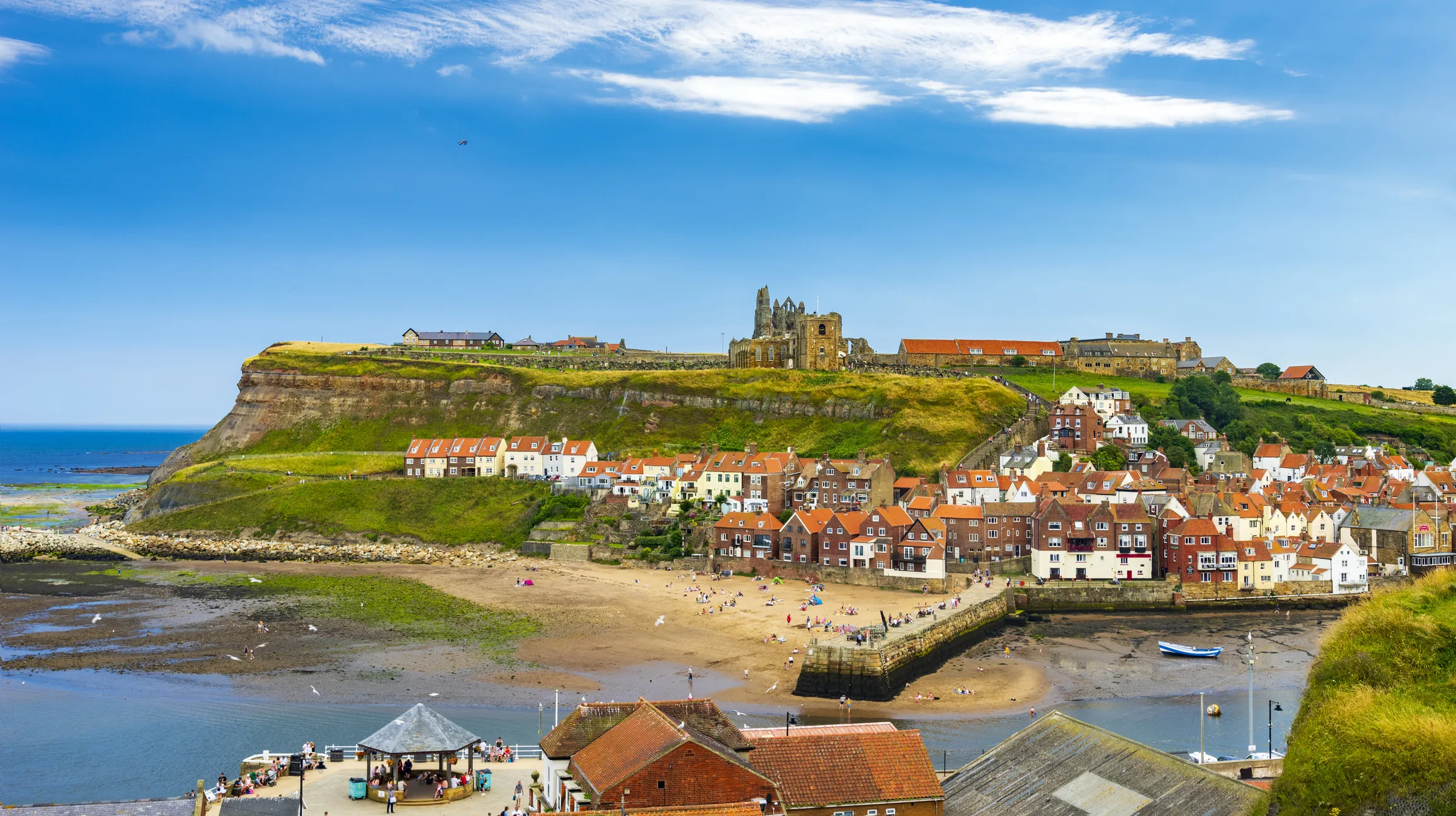
Where the skull was found.
As a result, other potential candidates, such as the Plesiosaur, have been excluded from consideration since no evidence of their eDNA was discovered during the investigation. This groundbreaking research has sparked new possibilities and added intrigue to the mystery of the Loch Ness Monster’s true identity.
“During the last few months, it has occurred to me that my Whitby fossil skull fits the various characteristics based on the latest scientifically proposed eel candidate for the Loch Ness Monster!” Gordon exclaims.
“…my Whitby fossil skull fits the various characteristics based on the latest scientifically proposed eel candidate for the Loch Ness Monster!”
To the more sceptical reader, Gordon’s belief may seem improbable, but he has always maintained an open mind, perhaps influenced by a unique event in his own life. In the 1930s, during the height of Nessie fever in North Yorkshire, Gordon’s mother worked at Salts Mill in Saltaire. It was during this time that a lady named Mrs. Price, who had a knack for tea leaf readings, made a striking prediction about Gordon’s existence.
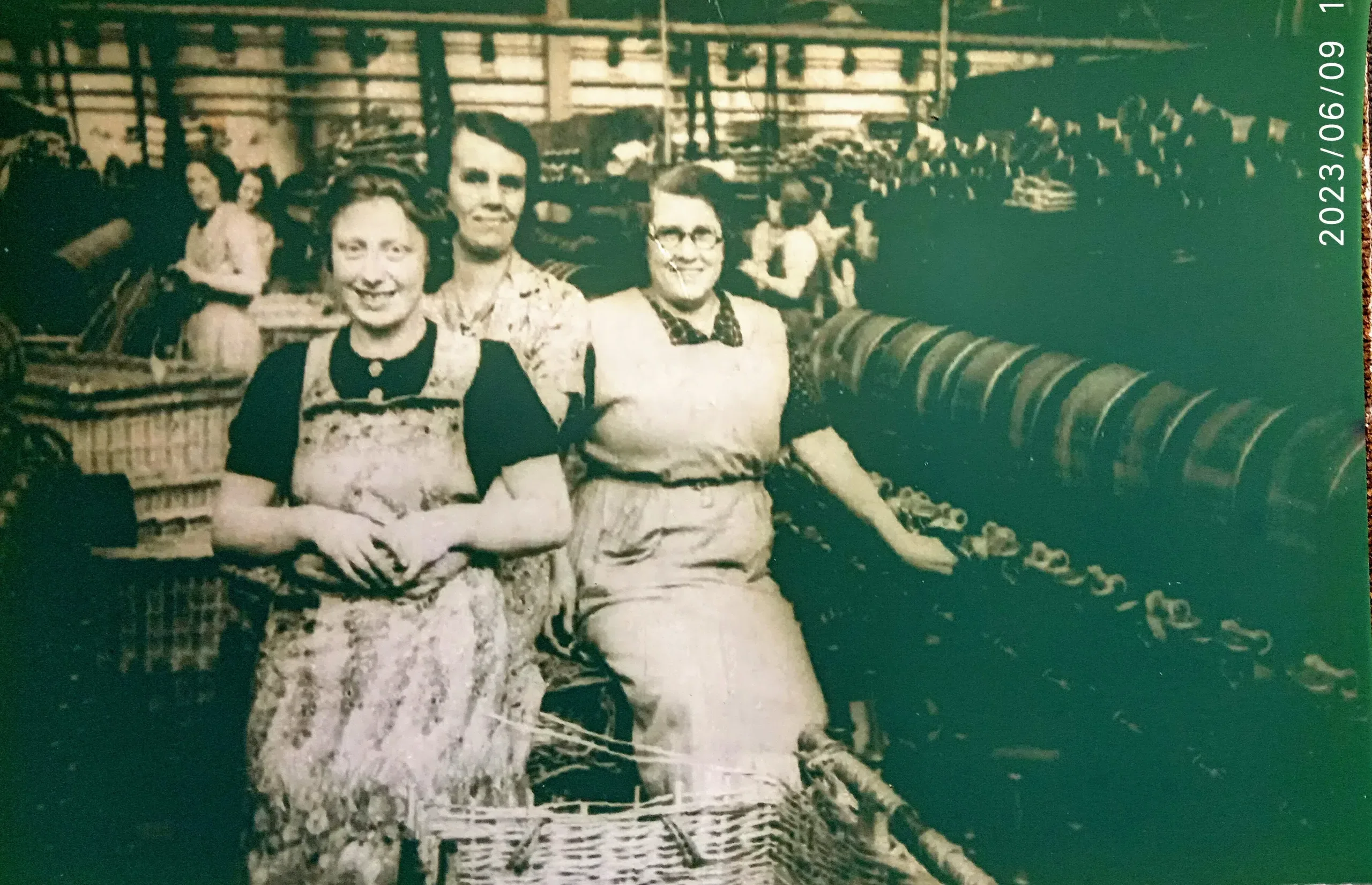
Mrs Price at Salts Mill
Mrs Price foresaw that Gordon’s mother would have three boys, a prediction initially met with cynicism. However, as time passed, Gordon and his two brothers stand as testament to Mrs Price’s uncanny accuracy. This early encounter with the mysterious and the unexplained may have left an indelible mark on Gordon, fuelling his curiosity and propensity to explore the mysteries of the world around him.
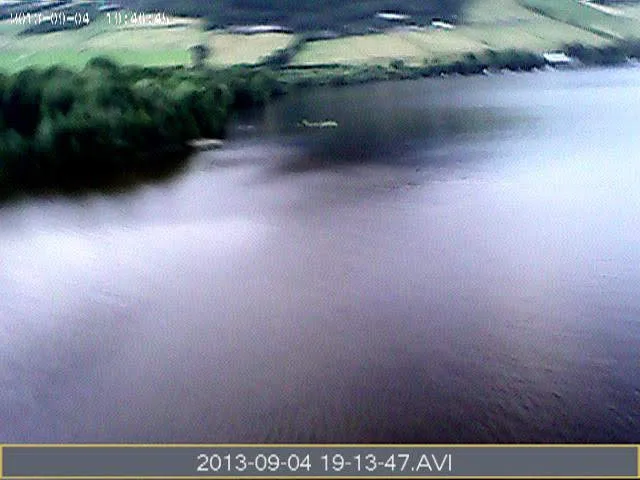
Possible Nessie sighting
Growing up during the fervour of the space race, Gordon was captivated by the idea of reaching for the stars and embracing the seemingly impossible. Astronomy quickly became a passion that stayed with him throughout his adult life. Drawing from his deep interest in the cosmos, he took on the role of an instructor, teaching part-time Astronomy Courses at different Bradford Colleges.
Driven by his enthusiasm for space exploration, Gordon went a step further and founded the Saltaire Amateur Space Research Group. This dedicated group of enthusiasts eagerly delved into the wonders of space, sharing their knowledge and discoveries. The group thrived for three and a half years until some of its members pursued higher education, leaving a lasting legacy of astronomical curiosity and exploration. Gordon’s dedication to the universe’s mysteries echoes in his quest to uncover the truth behind the enigmatic Loch Ness Monster.

A still taken from my so-called Holmes 2007 Loch Ness Monster video
After the passing of his beloved mother, Winifred, in 2003, Gordon’s connection to the legendary Loch Ness Monster took on a deeper meaning. Since the tender age of 12, Gordon had been captivated by the enigmatic creature, a fascination sparked by a small figure of Nessie gifted to him by his mother.
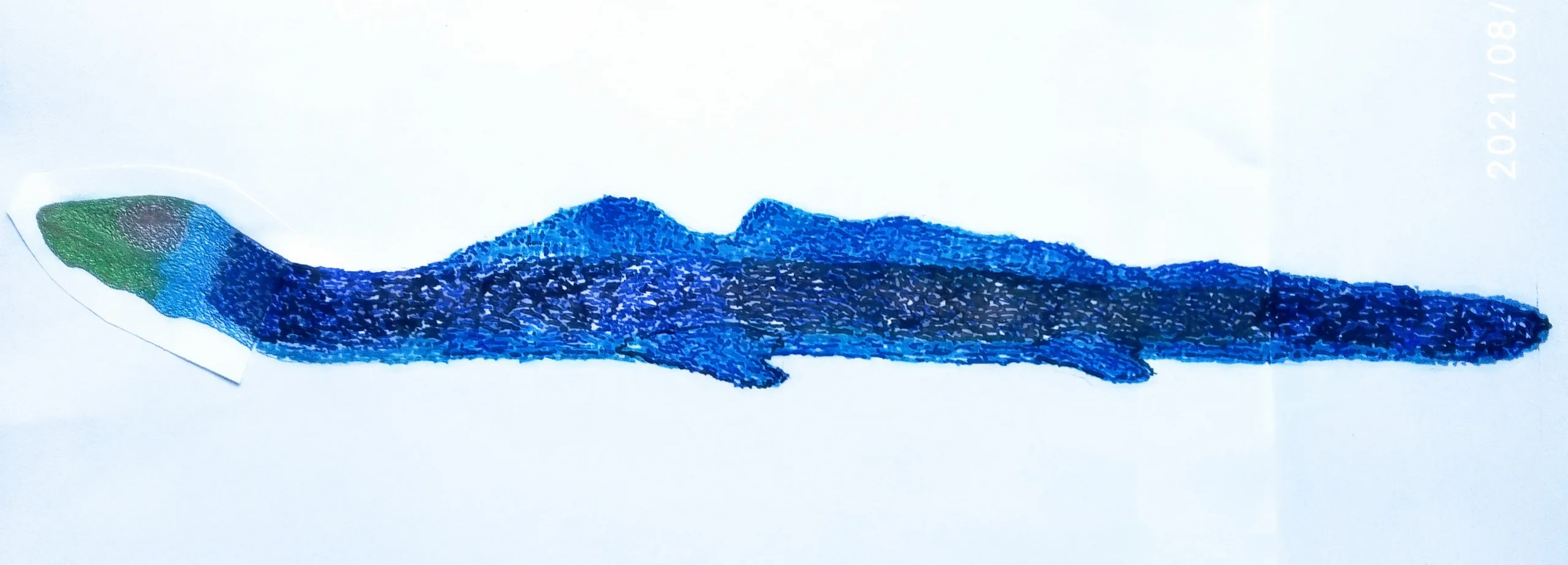
Gordon’s impression of what the monster could look like.
Undeterred by fleeting doubts, Gordon embarked on annual pilgrimages to Loch Ness, hoping to capture concrete evidence of the elusive monster. By May 2007, as he stood on the shores of the loch for the sixth time, a sense of disillusionment began to overshadow his quest. Determined to make a breakthrough, he focused on recording underwater sounds using homemade hydrophones submerged in the depths. “Gradually, I realised this was not a suitable location to listen in to Nessie due to the regular visits by tourist boats. Also, I was even recording a low-frequency hum from the Hydro-Power Station at Foyers!”
Fate intervened during an evening vigil, perched 70 feet above the loch near Drumnadrochit. Just as he contemplated ending his yearly Nessie research, a peculiar bubbling in the water caught his attention. At 9.50 pm, still illuminated by daylight, a breathtaking sight unfolded before his eyes. An object resembling the fabled Nessie surged through the waves at an impressive speed of around six mph. Gordon hurriedly captured the remarkable scene on film, revealing an object about 12 to 14 feet long, gracefully skimming the water’s surface.
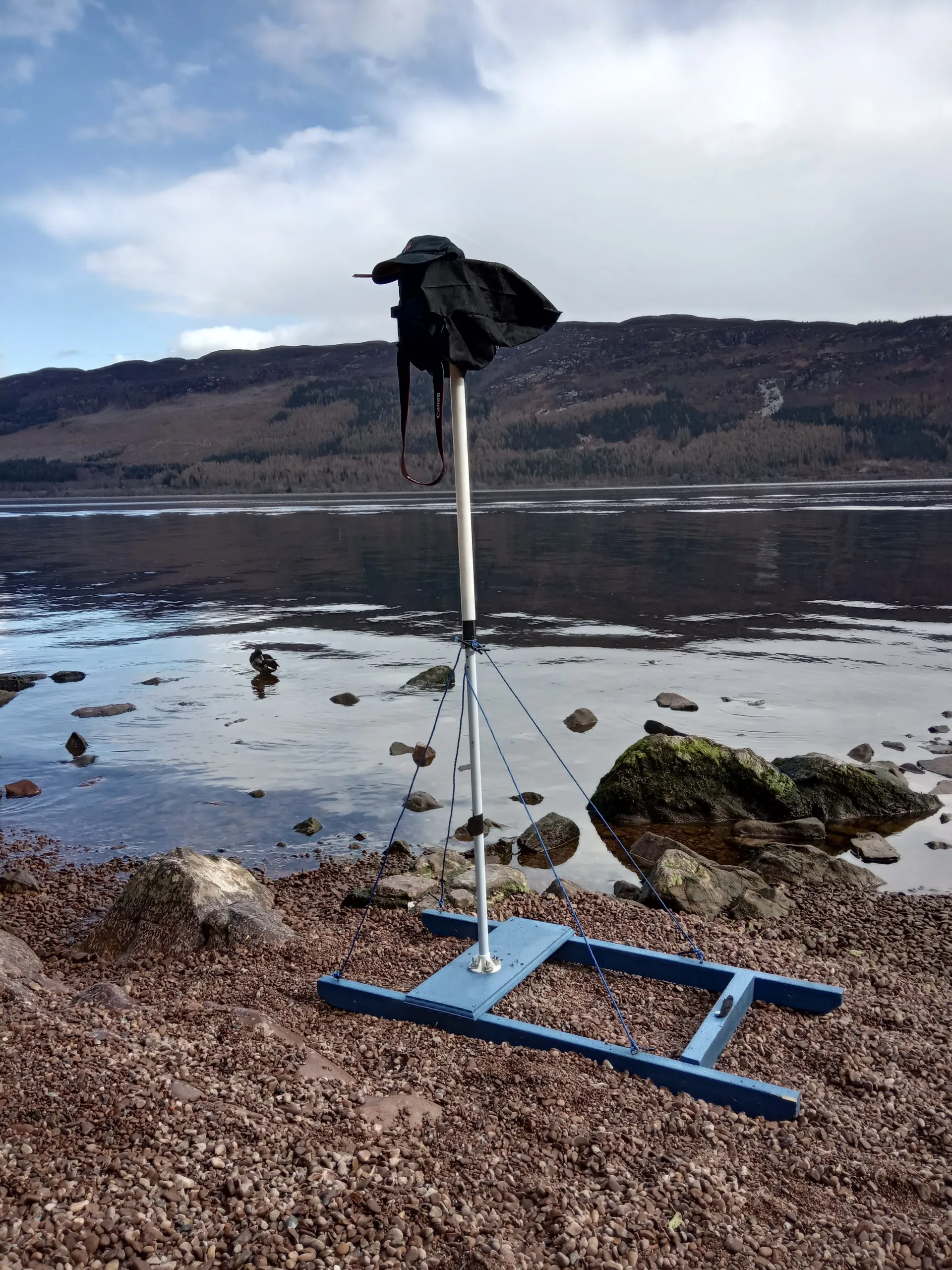
Gordon’s setup
The groundbreaking footage swiftly spread worldwide, offering compelling evidence of Nessie’s existence and reinvigorating Gordon’s unwavering determination. But his encounters didn’t end there. 2008, using sonar in a radio-controlled boat, he recorded an even larger creature/object measuring 30 feet in length and concealed within the depths at 65 feet.
Though he hasn’t sighted Scotland’s Slippery Sam since Gordon remains an unyielding seeker of the truth, with two mesmerising encounters and a tantalising fossil discovery, he presses on in his quest to unlock the secrets lurking beneath Britain’s murky waters. Could these revelations be the key to unravelling the ancient enigma of the Loch Ness Monster, once and for all?
Northern Life Sept/Oct 23

